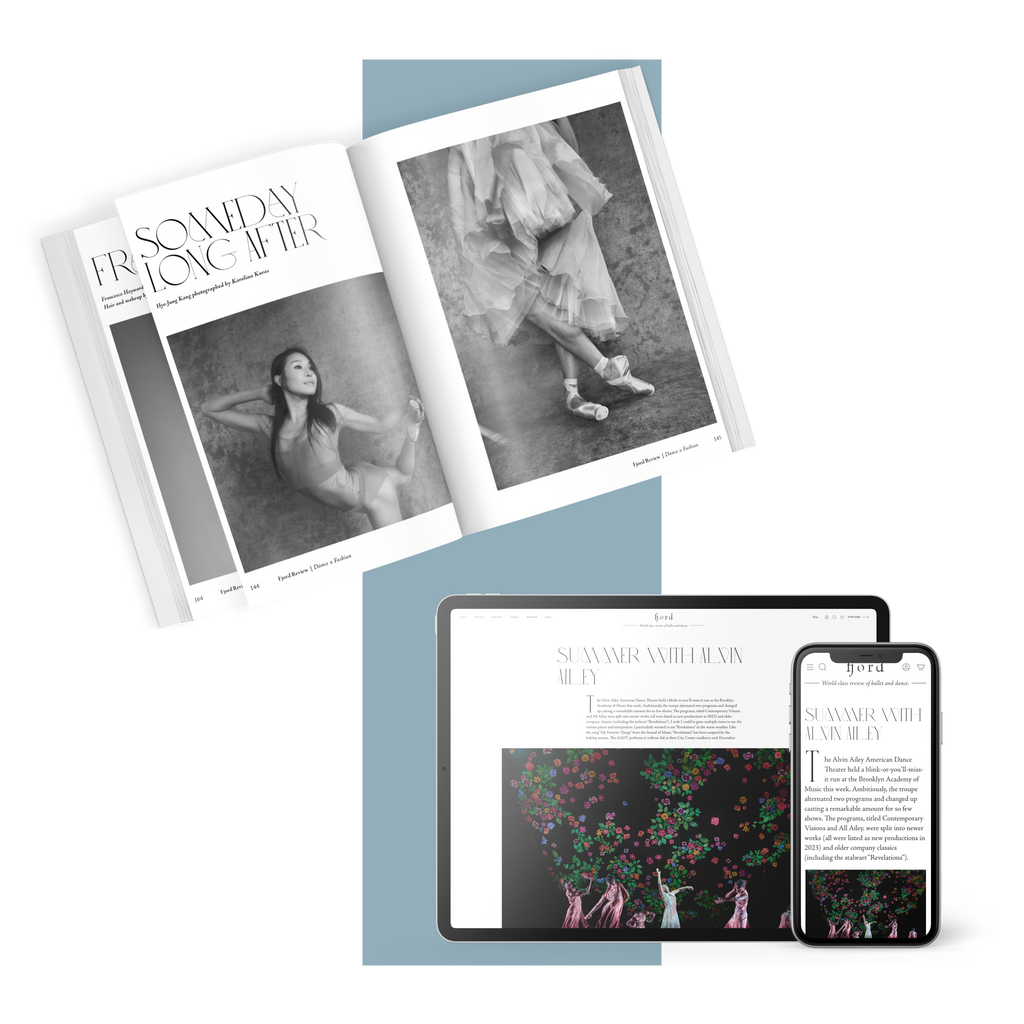Talent Time
It’s “Nutcracker” season at San Francisco Ballet—36 performances packed into three weeks—which means that the company is currently serving two distinct audiences.
Continua a leggere
World-class review of ballet and dance.
Smuin is an unusual company. It was founded by former San Francisco Ballet co-director Michael Smuin in 1994, about a decade after San Francisco Ballet’s board declined to name him the company’s next director. For its first fifteen years, the new eponymous troupe mainly danced Smuin’s over-the-top theatrical spectacles, like “Zorro!” and “Carmina Burana.” When Smuin died suddenly in 2007, his longtime muse Celia Fushille became artistic director. She has continued to feed the audience the hammier Smuin spectacles they love, but she has also considerably stretched the repertory with the addition of works by Trey McIntyre, Stanton Welch, and James Kudelka. The latest addition to this roster, after two years of Covid delay, is Cuban choreographer Osnel Delgado. His premiere “The Turntable” challenged both the Smuin dancers and their audience, on a program that suggests the company’s greatest opportunity may lie in developing a more spontaneous relationship to music.
Performance
Place
Words

Terez Dean Orr and Tessa Barbour in Osnel Delgado's “The Turntable” for Smuin. Photograph by Chris Hardy


“Uncommonly intelligent, substantial coverage.”
Your weekly source for world-class dance reviews, interviews, articles, and more.
Already a paid subscriber? Login
It’s “Nutcracker” season at San Francisco Ballet—36 performances packed into three weeks—which means that the company is currently serving two distinct audiences.
Continua a leggereLast week I caught up with choreographer Pam Tanowitz and Opera Philadelphia’s current general director and president, countertenor Anthony Roth Costanzo to talk about “The Seasons,” the company’s latest production premiering at the Kimmel Center’s 600-plus seat Perelman Theater on December 19.
Continua a leggereIf Notre-Dame remains one of the enduring symbols of Paris, standing at the city’s heart in all its beauty, much of the credit belongs to Victor Hugo.
Continua a leggereWhen dancer and choreographer Marla Phelan was a kid, she wanted to be an astronaut. “I always loved science and astronomy,” Phelan said.
Continua a leggere
comments